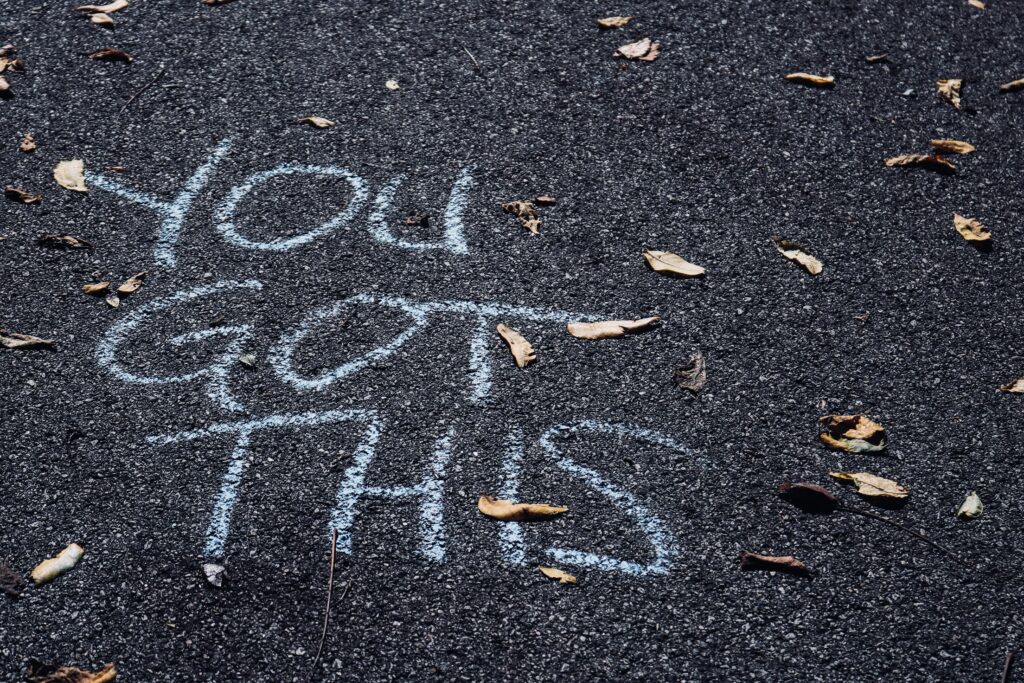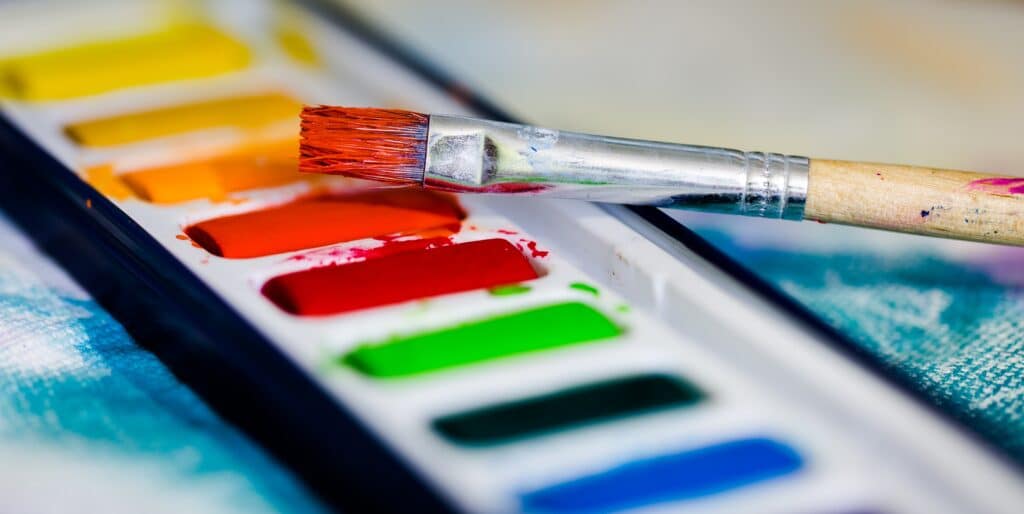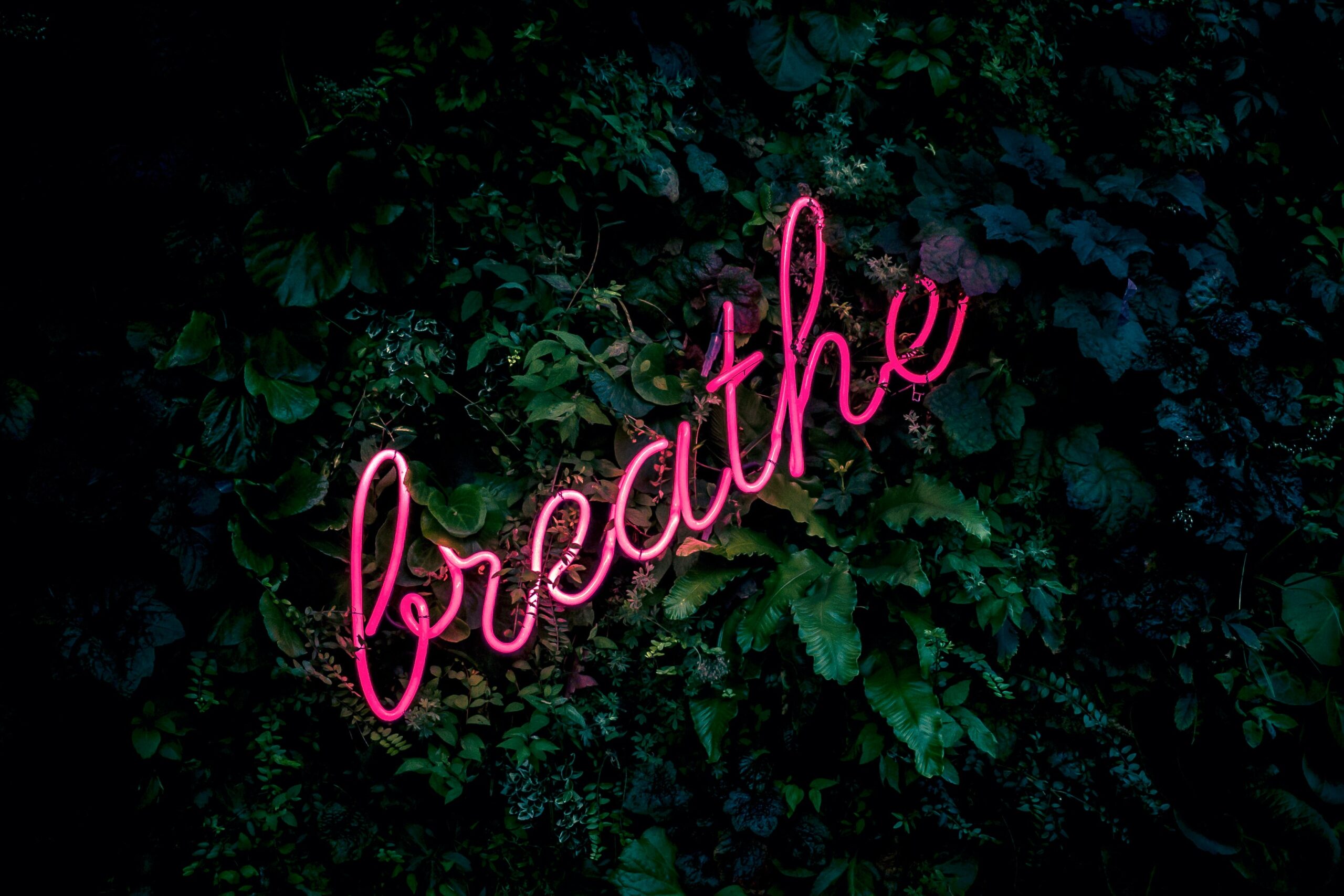As a serving professional, you have a lot on your plate. And, on that plate is a big, heaping serving of stress. What you don’t have is a lot of time. Meditation is often recommended as a way to lower stress. However, you may not have 30 minutes to spare for it. Or, maybe the idea of sitting still for a long time makes you feel itchy. Either way, it sounds impossible. Well, I have some good news: you can lower your stress with only a few minutes a day. In fact, doing a two minute meditation can make a big difference.
If you’re reading this and are feeling unsure if meditation is right for you, that’s okay. Traditional meditation may not be for you, and that’s also okay! You can get the stress-relieving benefits of meditation through some other non-traditional methods.
This article will cover what meditation is and how it can help you. I’ve also included some different ways you can practice mindfulness outside of traditional meditation. Before we get into that, let’s go over what it actually means to meditate.
What is meditation?
When you think about the word meditation, what comes to mind?
I imagine you’re thinking of something like this:

And, along with this picture, you’re imagining completely clearing your mind, sitting in silence, and existing miles away from your everyday life.
It’s a common sentiment. When I talk to my clients about meditation, I often hear these statements:
- It takes too much time – they don’t have 30 minutes a day to meditate
- They’ve tried it before, but couldn’t clear their mind so they gave up
- They feel that in order to truly remove their stress, they would have to escape their current life
As I mentioned above, you don’t have to meditate for 30 minutes or longer. You don’t have to clear your mind. And, meditation can help you lower your stress right where you are, right now. Meditation can help you in a few other ways, too.
To meditate is to be mindful
Meditation is mindfulness. Mindfulness is the act of bringing awareness to your thoughts, senses, and emotions. Because you’re paying attention to your thoughts, there’s no need to clear them out. Instead, notice what you’re thinking. Get curious about where your mind wanders to!
Meditation is not the only way to be mindful
You can practice mindfulness in other ways besides traditional meditation. Mindfulness can look like:
- Paying attention to your surroundings on a walk
- Spending a few minutes in prayer
- Listening to the sound of rain on our roof
- Choosing music that matches your mood and noticing how it affects your emotions
- Writing down a few things you’re grateful for
Your mindfulness practice can match your personality and interests. I’ll share some more ideas later.

What are the benefits of meditation?
There are so many benefits of meditation, but let’s take a look through a stress-focused lens:
Mental health improvements
Meditation can help lower stress. It works by regulating your nervous system back to a state of rest. This is especially helpful if you’ve been feeling anxious, fatigued, or irritable due to your stress.
If you have other mental health conditions like anxiety, depression, or post-traumatic stress disorder (PTSD), meditation can reduce your symptoms and make it easier to cope.
Not sleeping well also makes it hard to manage your stress, and vice versa. Meditation can shorten the amount of time it takes for you to fall asleep. Speaking of sleep, let’s go over what meditation can do for your physical health.
Physical improvements
Meditation can help you with your symptoms of irritable bowel syndrome (IBS), fibromyalgia, and other forms of chronic pain. These conditions are all worsened by stress, so it makes sense that working on your stress can reduce the discomfort they cause.
Help with burnout
Meditation can lower burnout in helping professions such as doctors, nurses, EMTs, and even students. It works by:
- Lowering your self-judgment and over-identification with your experience
- Increasing resilience (your ability to bounce back from hardship)
- Renewing your empathy
- Improving your emotional regulation
Now that we’ve got all that out of the way, let’s actually take two minutes to meditate. Yep, right here, right now!

How to meditate – two minute meditation
As you read this sentence, take a deep breath in. Hold it for two seconds here. Now, breathe out slowly over the course of this sentence. Repeat three more times. You can close your eyes if you want to. Notice first how your body feels, and then notice any emotions you feel.
That’s it! That’s meditation.
While longer periods are the most helpful, you can start with just two minutes of meditation. You can even start with one. In fact, it’s better to meditate for a couple of minutes daily than 30 minutes once a month. As you’re learning how to meditate, commit to a very small, very achievable amount of time to build the habit. And remember:
Meditation is a skill that takes time to build
You weren’t born with the knowledge of language, speech, or even how to walk. Just like those skills, you can learn how to meditate with time and practice. It might feel weird or hard at first. You may not notice the benefits for a while. It’s important to stick with it!

Goals of meditation
Remember: the goal of meditation isn’t necessarily reducing these feelings or sensations. While meditation can in itself reduce unpleasant emotions and lower pain, you can also use meditation to get a baseline for how your body and emotions feel. Then, you can create a plan for how to handle it.
In addition to in-the-moment stress relief, I use meditation to take stock of my body and my feelings. Then, I ask myself what I need to relieve any physical or emotional discomfort. Let’s go back to what you noticed while you did the meditation.
Your body might feel: tight, relaxed, sore, fidgety, etc.
Your emotions might be: calm, anxious, curious, frustrated, etc.
Consider your thoughts, emotions, and sensations. What do you need to do to improve them?
If you’re overwhelmed and not sure what to do with any of those thoughts or feelings, that’s okay. I’ve included a section at the end for you!
More ways to be Mindful
As I’ve hinted at above, deep breathing isn’t the only way to meditate. You can make any of your existing hobbies or activities a mindful practice. Let’s go through some other ways for how you can meditate:
Art/Creativity
Art itself is a naturally meditative process. It requires you to be mindful and focus on what you’re making. If you’re having a hard time learning how to meditate with traditional methods, this might feel more natural for you.
If you already paint, knit, sew, or make earrings out of shrinky dink paper, you can make it a mindful activity. However, you can also use a creative medium even if it’s not something you normally do. I’ll give you two examples:
If you spend your Sunday mornings doing watercolor, try allowing your emotions to influence what you choose to paint. You can also do some deep breathing as you paint, noticing how it affects your body.
If you’re new to art, you can choose whatever supplies feel best – crayons, markers, paint, etc. Then, without judging how good or bad it looks, start to create. Instead of focusing on the outcome, notice the process. Notice any colors or shapes you use and what they represent to you.

Movement
Just like art and creative methods, you can make an existing habit of movement into a meditation practice. Here’s an example with walking:
As you begin to walk, bring awareness to your body. Notice any tightness, observe your posture, the length or shortness of your stride, where you’re positioning your shoulders, and so on.
Notice what’s happening in your environment. See what you can identify with your senses:
- Sight: is it bright, or cloudy? What is the most present color you see?
- Smell: without judging them as pleasant or unpleasant, what do you smell?
- Hearing: listen carefully to what’s happening around you. Try to see if there’s anything that’s not obvious at first.
- Touch: Is there a breeze, or is the air still? Does the air feel light or heavy? Can you feel the hardness or softness of the ground under your feet?
As you walk, you can check in with each of these sensations periodically to ground yourself. You can also go back to the rhythm of your feet against the ground.

Putting it all together
As promised, here are some ways to address any physical or mental data you uncovered during your meditation.
- Write it down
Sometimes, putting your thoughts on paper is all it takes to connect the dots. Things that seem cloudy after your two minute meditation will become clear when you write them out. Try finishing this sentence: “I feel…” You can write any physical sensations or any emotions. Then, finish this sentence: “To help, I could try…” And write down what you think would provide comfort. If you’re lost, try the meditation again, or for a little longer. It may take more time or practice for you to notice what you need.
- Create a “self-care menu”
Have you ever found a solution for your stress or discomfort, thought “I should do that more often”, and proceeded to forget about it for months? This is a good way to keep track of all those solutions for when you most need them.

Collect a few common emotions and physical sensations that come up for you. For example, neck tension, frustration, anxiety, and sleeplessness. Then, write down 2-3 solutions for each. When you finish a meditation and notice one of these feelings, you have a ready-to-go option to handle it.
Here are some of mine:
- Anxiety: go for a walk, take a bubble bath
- Neck tension: apply a hot compress, use a lacrosse ball on pressure points
- Sleeplessness: replace phone time with reading, add a relaxing tea before bed
- Work with a coach
Forming habits is hard, and making meditation a habit is no different. You may also be struggling to find solutions for the mental and emotional data you’ve gathered from your meditation practice. If so, you may benefit from talking things through with someone. Enlist a trusted friend, or work with a coach. As a board-certified health coach who specializes in helping educators and service professionals, I can guide you through the process. We’ll work together to lower your stress and make you feel like yourself again. If you’re ready to get started, you can book a call with me here.
Thanks for making it all the way to the end with me. Now that we’re here, I’d love to know your thoughts about meditation, mindfulness, and how you feel it could integrate into your routines. Feel free to leave a comment below and share your mindful strategy with the community!







Leave a Reply